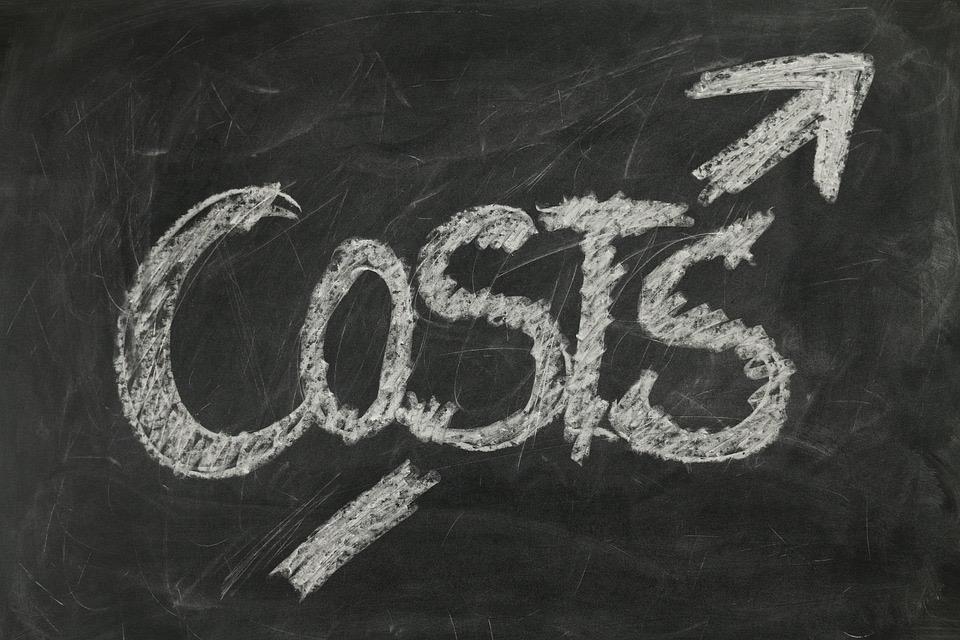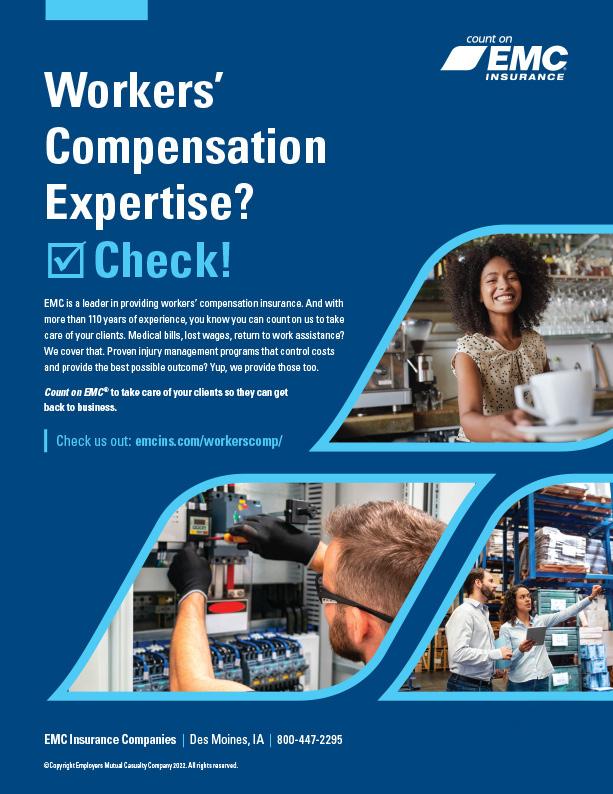
5 minute read
AM Best Gives Personal Lines a Negative Outlook »
AM Best revised its outlook on personal lines. Due to a significant deterioration in the results of personal auto insurers, Best has downgraded personal lines from stable to negative.
The ratings firm said severely rising loss costs, pressures on pricing and rapidly rising reinsurance costs are part of the reason.
Advertisement
“Given inflationary pressures impacting loss costs and deteriorating loss ratios, we now expect personal auto insurance segment results to worsen,” AM Best said in a statement on the change.
Company senior director, Richard Attansio said reinsurance is a huge factor in Best’s revision. “Rising reinsurance costs can pressure operating performance and balance sheet strength if lower levels of reinsurance protection result in higher net probable maximum losses or net retained losses that are significant enough to erode surplus,” he said. “Primary carriers may struggle to pass these higher costs through to their customers due to hurdles from regulatory restrictions in certain states.”
Secondary issues also came into play. They’re weather-related incidents like earthquakes, tornadoes and hurricanes, and crises like wildfire.
Another problem insurers face is keeping up with technology that improves the bottom-line. “The best-performing auto and homeowners’ insurers have invested significant resources into technology to improve their underwriting and pricing tools,” he said. “Those carriers that are slow to adapt to the challenges ahead or don’t have the means, expertise or technological capabilities to keep pace with the evolving market trends will likely face pressure.”
Source: Reinsurance News
FEMA’S RISK RATING 2.0

Chasing People from the Flood Market
When the Federal Emergency Management Agency (FEMA) launched the National Flood Insurance Program’s (NFIP), Risk Rating 2.0 program, it promised that more people will sign up for flood insurance.
FEMA did — however — admit that those signing up will pay more for the product.
Now a report picked up by The Associated Press via the Freedom of Information Act, said that FEMA is predicting at least one million fewer people will be buying flood insurance by the end of the decade.
That’s a big chunk of people.
What’s driving them away — and putting them at huge financial risk — is pricing that is riskbased. Risk-based rates are going to be higher than what the rates have been in the past.
For some, higher means significantly higher. Risk Rating 2.0 uses distance to water and rebuilding costs to set rates. In the past elevation of a property and whether it was in a designated flood zone was the criteria used.
Here’s the bottom-line. Most policyholders are seeing their rates rise. And FEMA wasn’t — in the estimate of some in Congress — entirely truthful about the new pricing.
And that pricing has critics of Risk Rating 2.0 like New Jersey Democrat, Sen. Bob Menendez, seething. He said FEMA didn’t tell the truth about the impact of the estimated higher costs.
“This report makes it crystal clear that FEMA failed to be transparent with policyholders, Congress, and ultimately the American public,” Menendez said in a statement to the AP.
Source: Associated Press & Insurance Business America

We’re all hearing a lot about climate change. How much of the information being shared via social media sites and in news reports is factual and true, is up to debate.
True or not, the surveyors at the online insurance site, Policygenius have found 75% of homeowners between age 18 and 34 think they’re going to have their homes damaged sometime in the next 30-years from extreme weather generated by climate change.

For those over age 34, that figure is about 45% with 31% of those surveyed saying they’ve already been hit with damage from a hurricane, a tornado, a wildfire, or some other extreme weather event.
What most are most frightened by is not having enough insurance to completely rebuild their homes if they’re damaged by extreme weather. One example given by Policygenius spokesperson; Pat Howard has to do with flooding. Howard said just 21% of the homeowners they talked with have flood insurance.
“As natural disasters continue to worsen due to climate change, it’s understandable if younger homeowners are wary of the future. In 2021, there were 20 climate disasters in the U.S. that each caused over $1 billion in damage,” Howard said. “This included the unprecedented cold wave in Texas that left many homes without power and Colorado’s Marshall Fire which destroyed an entire community.”
Source: PropertyCasualty360.com
OLDER RETIRED WORKERS UNRETIRING
The workplace is weird these days. As most of you know, it’s hard to find workers. Some businesses report hiring people who don’t show up for work as promised. And the salaries they’re offered are significant.
Other offers — apparently — get in the way.
Sometimes it’s really hard to find qualified people to take a position. That happens way too often, too. That has many businesses reaching out to a tried-and-true source. Former workers.
These are retired people who • Inflation has forced to go back to work to afford to live
• Or, that same inflation has cut deeply into their nest egg • Or, they didn’t have much of a nest egg in the first place • Or, they are bored
Researchers at the U.S. Bureau of Labor Statistics (BLS) say the only age group with a labor force participation rate that is projected to grow in the next decade or so is the group that’s over age 75. Predictions are that by 2030 those over age of 75 that are still working will double.
Unfortunately for employers, it’s a smaller group to choose from and one that is shrinking.
The bottom-line on over 65 workers comes from the Kaiser Family Foundation. An analysis it did in 2018 found that 15 million — or one in three — are economically stressed and can’t really afford to retire. Many have incomes 200% below the poverty line set by the federal government.

Another study from the Boston College Center for Retirement Research found that 36% of people 65 to 69 will not be able to cover a year’s minimal care without totally exhausting their resources.
Overall, predictions from many sources say in the next decade the percentage of workers in the workforce over age 65 will be about 10%. For proof you only have to look at today’s workforce. There are more people employed over age 55 today than there were at this same time in 2021.
In fact, defining full-time as working at least 35 hours a week, the number of people working over age 55 is at the all-time highest peak reached in 1986.


